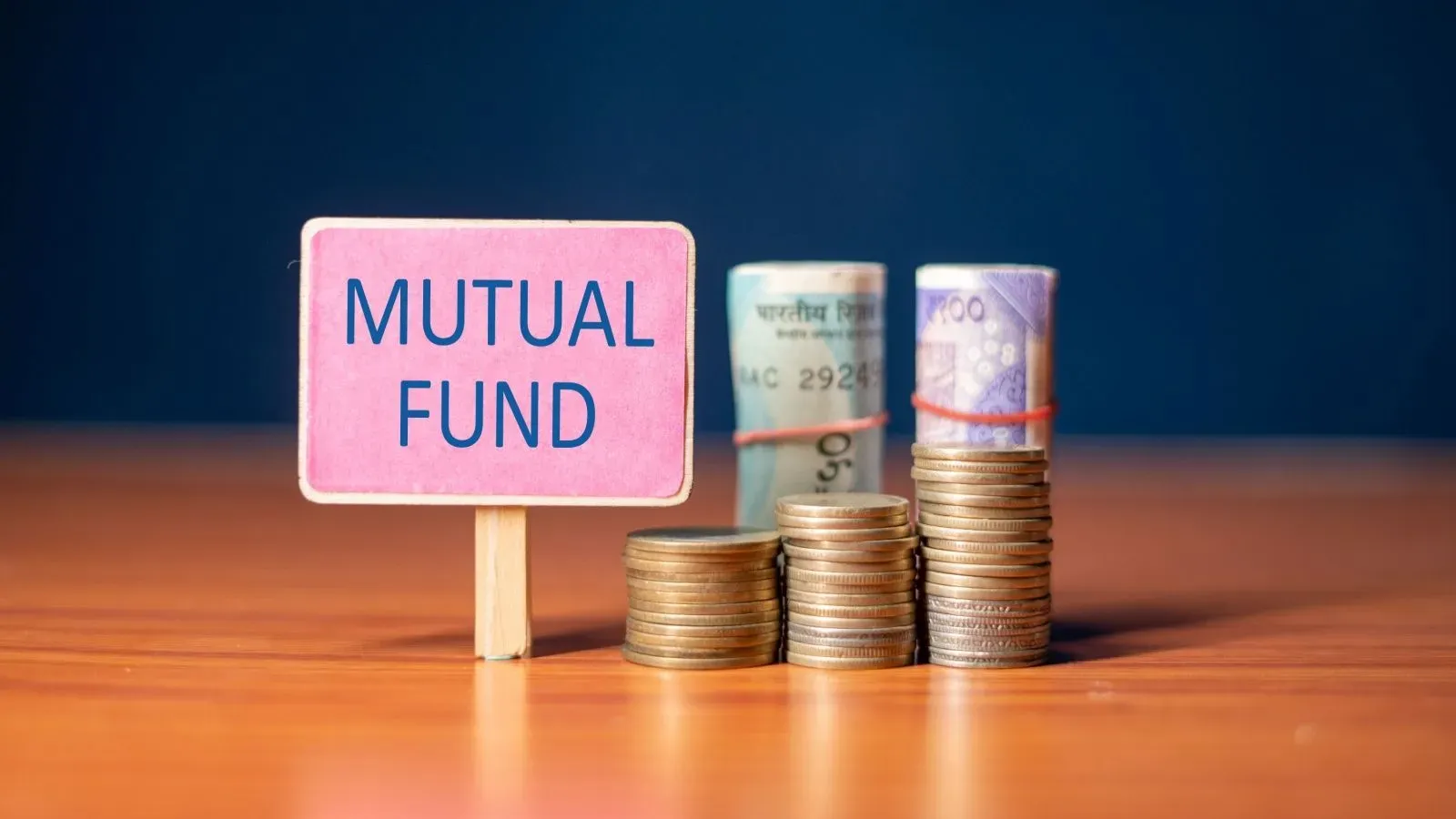Personal Finance News
What is FIFO in Demat? Mutual fund investors must know this before filing their taxes
.png)
4 min read | Updated on August 20, 2025, 15:34 IST
SUMMARY
The FIFO method ensures that the oldest units are treated as sold first, which has a direct impact on how capital gains tax is calculated.

Know about the FIFO method of calculating mutual fund taxation. | Image source: Shutterstock
The calculation of tax liability on income from investing in mutual funds is not as straightforward as many other sources, like fixed deposits, real estate, etc.
For example, in the case of bank deposits, you invest an amount and pay tax as per your slab rates on the amount that you receive as interest income. Simple, right? But this is not the case with mutual funds.
Mutual fund gains are not only taxed at special rates based on the tenure of the investment, but also on the timing of the investment. What you invested first will be taxed first on redemption. This method of calculating taxes on mutual fund gains is also known as FIFO, or First In, First Out. You should know about it before filing your taxes.
A demat account makes it easy to calculate taxes on mutual fund gains, as all your transactions are held in one place.
Under the FIFO method, your mutual fund redemptions are matched with the units that were purchased earliest.
How is the capital gains tax calculated under the FIFO method?
For calculating the capital gains tax, you need to first determine the amount of capital gains by reducing the cost of acquisition (CoA) from the redemption price.
Once you know the capital gains, you need to apply one of the following rates to the gains to find the capital gains tax. These rates are applicable in FY 2025-26:
-
Debt funds: Your slab rate
-
Equity mutual funds: 12.5% on long-term capital gains (realised after 12 months) and 20% on short-term capital gains (realised within 12 months)
Let's understand with an example:
Suppose you purchased 200 units on August 20, 2021 for ₹2000, and another 300 units on October 1, 2021 for ₹2800, and sold 150 units on August 20, 2025 for ₹3000.
In this case, the redemption would be considered to have come from the initial 200 units bought on August 20, 2025.
The cost of acquisition will be the amount you paid for acquiring 150 units in August 2021. The cost of acquisition will be considered for calculating capital gains tax. As you paid ₹2000 for 200 units, the cost of acquisition of one unit will be ₹2000/200 = ₹10. The CoA of 150 units will be ₹10*150 = ₹1500.
Capital gains will be = ₹3000-₹1500 = ₹1500.
As these units were held for more than 12 months, the LTCG tax rate will apply on the gains, which is 12.5% of ₹1500 = ₹187.5
Mutual Fund taxation summary FY 2025–26
| Aspect | Details |
|---|---|
| Tax complexity | More complex than fixed deposits, gold, or real estate. |
| Tax basis | Based on tenure and timing of investment. |
| Method used | FIFO (First In, First Out) – oldest units are considered sold first. |
| Capital Gains calculation | Redemption Price − Cost of Acquisition (CoA) |
| CoA example | ₹2000 for 200 units → ₹10/unit → 150 units = ₹1500 |
| Redemption example | 150 units sold for ₹3000 → Capital Gains = ₹3000 − ₹1500 = ₹1500 |
| Holding period impact | >12 months = Long-Term; ≤12 months = Short-Term |
| Equity Mutual Funds tax rates | LTCG: 12.5% (after 12 months); STCG: 20% (within 12 months) |
| Debt Mutual Funds tax rate | Taxed as per individual income slab rate |
| Demat account benefit | Simplifies tracking and tax calculation by storing all transactions together |
FIFO method ensures that the oldest units are treated as sold first, which has a direct impact on how capital gains tax is calculated. This is especially significant for SIP investors who buy new units every month.
Please note that these days, you don't need to calculate the capital gains tax on your mutual fund redemptions on your own. Many investment platforms, including Upstox, do the capital gains tax calculation using the FIFO method for their customers for free.
Related News
By signing up you agree to Upstox’s Terms & Conditions
About The Author
Next Story



